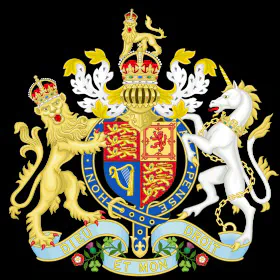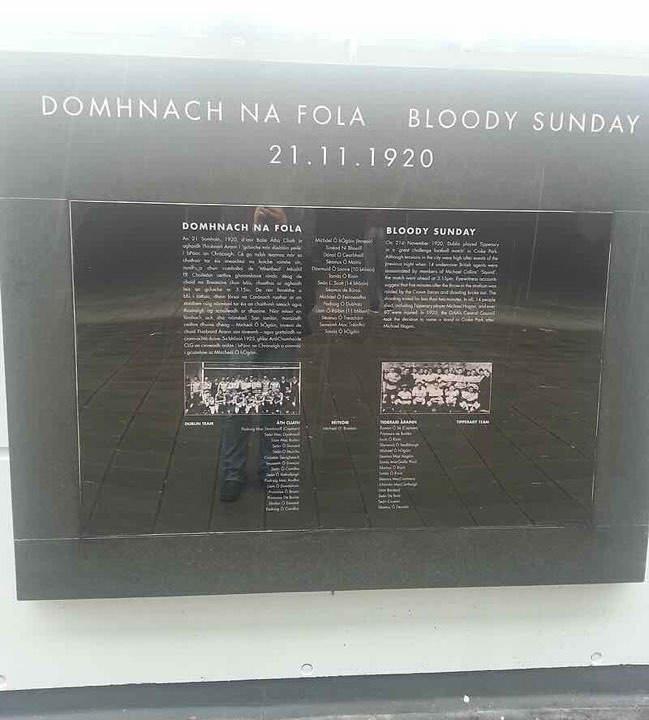- January 1, 1
The Parliament (Qualification of Women) Act 1918 is an Act of the Parliament of the United Kingdom It gave women over 21 the right to stand for election as a Member of Parliament.
The Representation of the People Act 1918, passed on 6 February 1918, extended the franchise in parliamentary elections, also known as the right to vote, to women aged 30 and over who resided in the constituency or occupied land or premises with a rateable value above £5, or whose husbands did.
At 27 words, it is the shortest UK statute.
The Parliament (Qualification of Women) Act, passed in 1918, was a significant piece of legislation that marked a pivotal moment in the campaign for women’s suffrage in the United Kingdom. This Act granted certain women the right to stand for election as Members of Parliament (MPs) and to vote in parliamentary elections.
Specifically, the Act allowed women over the age of 30 who met certain property qualifications or were university graduates to be eligible to vote in parliamentary elections. It also extended the right to stand for election as an MP to women meeting similar criteria.
It’s worth noting that this was an initial step in the extension of voting rights to women. The full equal voting rights for women were not achieved until the Representation of the People Act 1928, which lowered the voting age for women to 21, aligning it with the voting age for men.
The Parliament (Qualification of Women) Act of 1918 was a significant milestone in the women’s suffrage movement, contributing to the broader process of expanding political rights for women in the UK.
The first woman to take her seat in the House of Commons was Nancy Astor on 1 December 1919. She was elected as a Coalition Conservative MP for Plymouth Sutton on 28 November 1919, taking the seat her husband had vacated.

 ← Bloody Sunday, Dublin Ireland, 1920
← Bloody Sunday, Dublin Ireland, 1920
 German battle fleet surrendered to the allies at Scapa Flow in Orkney →
German battle fleet surrendered to the allies at Scapa Flow in Orkney →